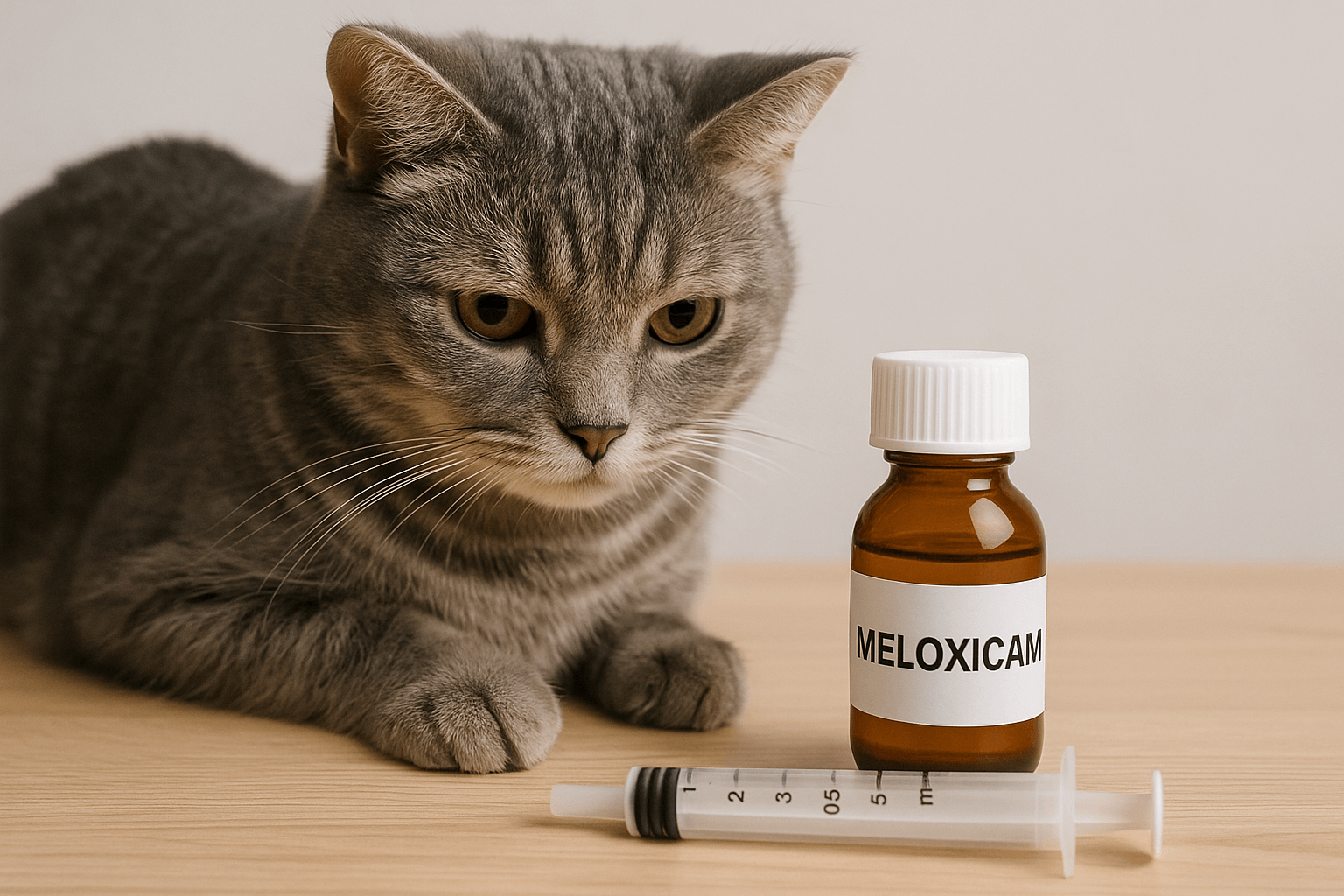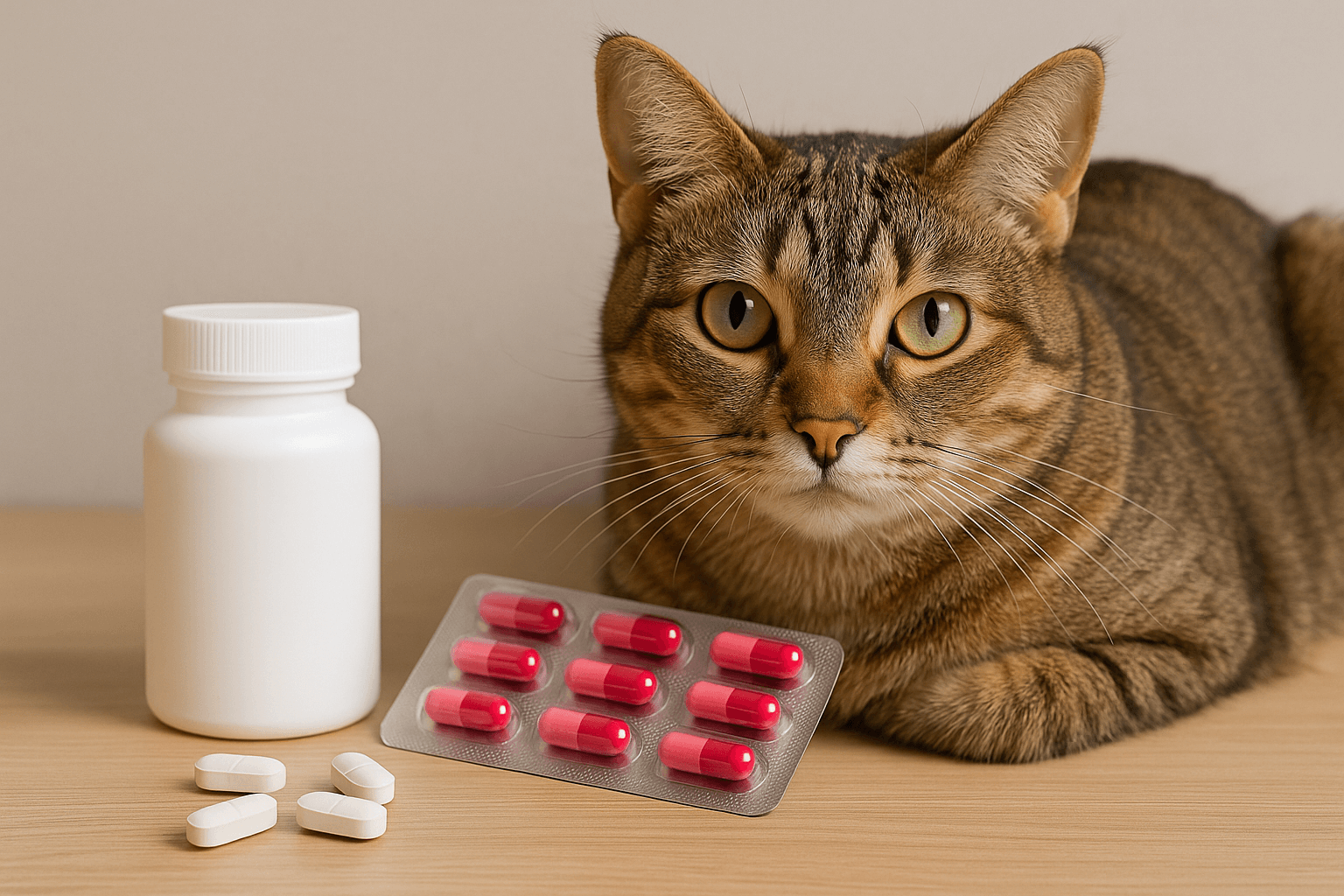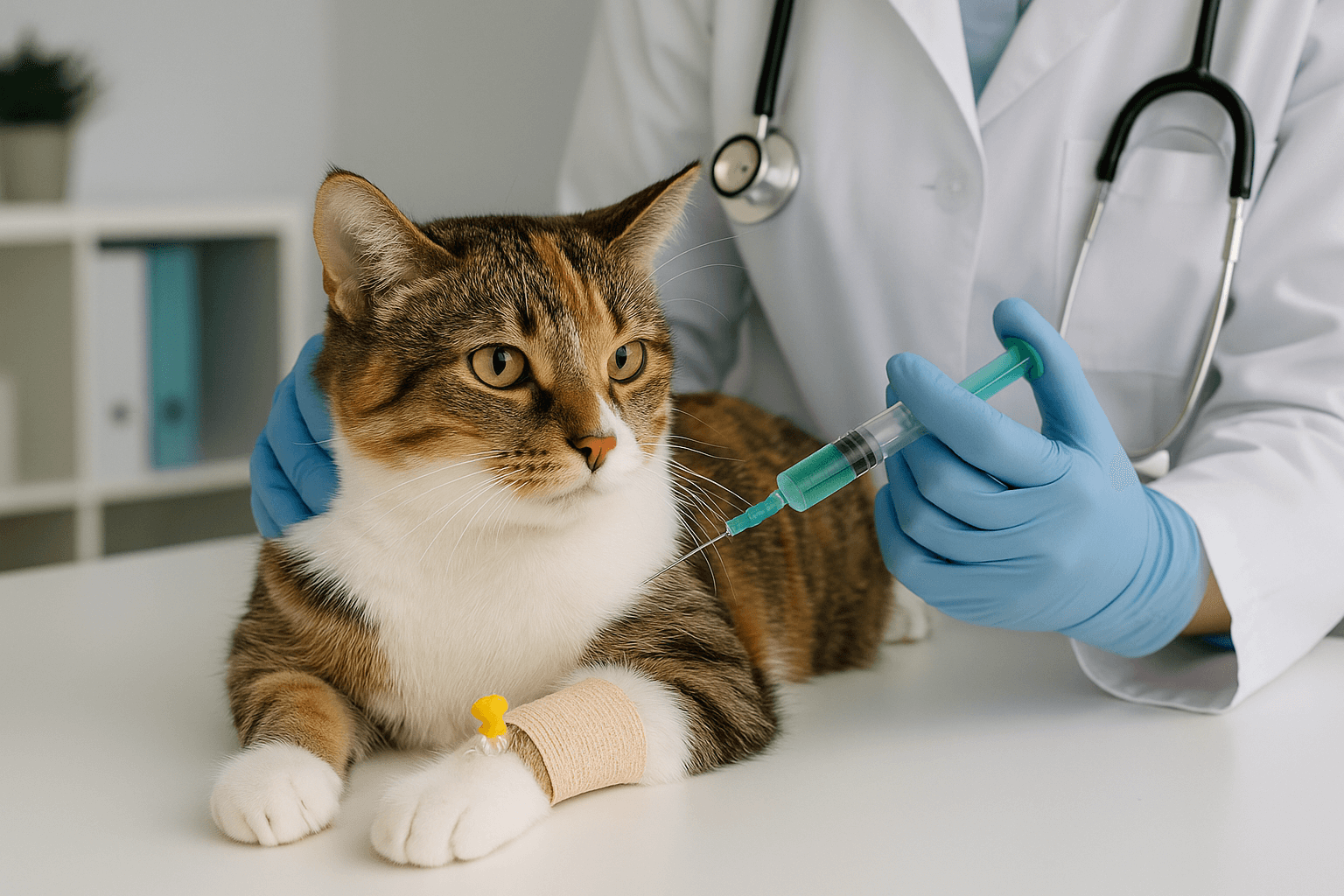Can Dogs Eat Pig Skin?
Pig skin, often found in the form of pork rinds or chicharrones, is a popular snack for humans. But what about our canine companions? Many pet owners wonder whether it’s safe to share this treat with their dogs. While pig skin can offer some nutritional benefits, there are also potential risks to consider. Understanding how to safely incorporate pig skin into your dog’s diet—or whether to avoid it altogether—is essential for keeping your furry friend healthy and happy. In this blog post, we’ll explore everything you need to know about feeding pig skin to dogs, from its pros and cons to safer alternatives.
Potential Benefits of Feeding Pig Skin to Dogs
When prepared correctly, pig skin can provide certain advantages for dogs. However, it’s important to weigh these benefits against any risks before offering it as a treat.
High Protein Content:
Pig skin is rich in protein, which supports muscle development and overall energy levels in active dogs.Collagen Boost:
The collagen in pig skin may promote joint health and improve skin and coat condition.Low Carbohydrate Content:
Unlike many commercial dog treats, pig skin contains minimal carbs, making it suitable for dogs on low-carb diets.Natural Chew Option:
Dehydrated pig skin can serve as a long-lasting chew, satisfying your dog’s instinct to gnaw and clean their teeth.Palatability:
Most dogs find pig skin highly appealing due to its savory flavor and texture.
While these benefits make pig skin an attractive option, moderation and preparation are key to ensuring it doesn’t harm your dog.
Risks of Feeding Pig Skin to Dogs
Despite its potential benefits, pig skin can pose several risks if not handled properly. Being aware of these dangers will help you make informed decisions about your dog’s diet.
High Fat Content:
Pig skin is often high in fat, which can lead to pancreatitis or obesity if fed excessively.Choking Hazard:
Large pieces of raw or cooked pig skin may become lodged in your dog’s throat, especially in smaller breeds.Digestive Upset:
Some dogs may experience diarrhea, vomiting, or gas after consuming pig skin, particularly if it’s seasoned or fried.Salt and Seasoning Risks:
Commercially prepared pork rinds often contain excessive salt, spices, or artificial flavors that can be harmful to dogs.Bacterial Contamination:
Raw pig skin may carry bacteria like salmonella or E. coli, posing a risk to both your dog and your household.
These risks highlight the importance of careful preparation and portion control when feeding pig skin to your dog.
Check this guide 👉Can Dogs Eat Mealworms? Best 7 Expert Tips!
Check this guide 👉Can Dogs Eat Goat Meat? Best 7 Expert Tips!
Check this guide 👉Can Dogs Eat Nachos? Best 7 Expert Tips!

Safe Ways to Feed Pig Skin | Unsafe Practices to Avoid |
|---|---|
Plain, dehydrated pig skin | Fried or heavily salted pork rinds |
Small, bite-sized pieces | Raw pig skin with visible contamination |
Homemade, unsalted preparation | Store-bought snacks with additives |
Occasional treat in moderation | Feeding large amounts at once |
Supervised chewing sessions | Leaving dogs unattended with whole skins |
How to Safely Prepare Pig Skin for Your Dog
If you decide to feed pig skin to your dog, proper preparation is crucial to minimize risks and maximize benefits. Follow these guidelines to ensure a safe experience.
Choose Plain, Unseasoned Skin:
Opt for plain pig skin without added salt, spices, or artificial ingredients that could irritate your dog’s digestive system.Dehydrate or Bake at Home:
Prepare the skin yourself by baking or dehydrating it until crisp, ensuring it’s free from harmful additives.Cut Into Small Pieces:
Slice the pig skin into manageable portions to prevent choking and make it easier to digest.Limit Portion Sizes:
Offer pig skin as an occasional treat rather than a daily snack to avoid overfeeding and weight gain.Monitor Your Dog’s Reaction:
Watch for signs of digestive upset or allergic reactions after introducing pig skin, and consult your vet if issues arise.
By taking these precautions, you can safely include pig skin in your dog’s diet without compromising their health.
Signs Your Dog May Not Tolerate Pig Skin
Even with careful preparation, some dogs may struggle to digest pig skin. Recognizing these warning signs allows you to act quickly and prevent complications.
Vomiting or Diarrhea:
These symptoms indicate digestive distress, often caused by fatty or seasoned pig skin.Excessive Drooling:
Drooling could signal nausea or discomfort after consuming pig skin.Lethargy or Weakness:
A sudden lack of energy might suggest pancreatitis or other serious conditions triggered by high-fat foods.Abdominal Pain:
If your dog whines or appears uncomfortable when touched around the belly, seek veterinary care immediately.Swelling or Itching:
Allergic reactions to pig skin may cause swelling, hives, or persistent scratching.
Identifying these signs early helps you address potential issues before they escalate.
Common Mistakes to Avoid When Feeding Pig Skin
Feeding pig skin to your dog requires careful consideration to avoid mistakes that could endanger their health. Here are some pitfalls to watch out for.
Offering Fried Pork Rinds:
Fried pig skin is high in fat and salt, increasing the risk of pancreatitis and dehydration.Ignoring Portion Control:
Overfeeding pig skin can lead to weight gain and digestive issues, even if it’s plain and unsalted.Using Seasoned or Spiced Varieties:
Ingredients like garlic or onion powder can be toxic to dogs, so always choose plain options.Feeding Raw Skin Without Precautions:
Raw pig skin may harbor harmful bacteria; cooking or dehydrating eliminates this risk.Neglecting Veterinary Advice:
Skipping a professional opinion can result in unknowingly harming your dog with inappropriate treats.
Avoiding these mistakes ensures a safer and healthier experience for your dog.
Alternatives to Pig Skin for Dogs
If you’re hesitant about feeding pig skin, there are plenty of alternatives that provide similar benefits without the associated risks.
Dehydrated Chicken or Turkey Treats:
Lean proteins like chicken or turkey are easy to prepare at home and make excellent low-fat snacks.Dental Chews:
Specially formulated dental products clean teeth and freshen breath without the danger of choking or digestive upset.Vegetable Snacks:
Carrot sticks, green beans, or sweet potato slices offer fiber and nutrients while satisfying your dog’s chewing instinct.Homemade Beef Jerky:
Thin strips of lean beef dried in the oven are a protein-packed alternative to pig skin.Freeze-Dried Liver Treats:
These treats are rich in vitamins and minerals, providing a nutritious reward for good behavior.
These alternatives allow you to cater to your dog’s cravings while keeping them safe.
Understanding Your Dog’s Nutritional Needs
Before introducing any new food, including pig skin, it’s important to understand your dog’s unique nutritional requirements. This knowledge helps you make informed decisions about their diet.
Protein Requirements:
Dogs thrive on high-quality protein sources, but the amount needed varies based on age, size, and activity level.Fat Content Considerations:
While fats are essential for energy, excessive intake can lead to obesity or pancreatitis, especially in less active dogs.Caloric Balance:
Treats like pig skin should only make up a small percentage of your dog’s daily caloric intake to maintain a healthy weight.Allergies and Sensitivities:
Some dogs may have allergies or intolerances to certain proteins, necessitating careful observation when introducing new foods.Hydration Importance:
High-sodium treats like pig skin can increase water needs, so always ensure your dog has access to fresh water.
By considering these factors, you can tailor your dog’s diet to meet their specific needs while avoiding potential pitfalls.
Frequently Asked Questions About Feeding Pig Skin to Dogs
Is it safe to give my dog store-bought pork rinds?
No, most commercial pork rinds contain too much salt and seasoning, which can harm your dog. Stick to plain, homemade options instead.
How much pig skin can I feed my dog?
Limit pig skin to small portions no more than once or twice a week, depending on your dog’s size and dietary needs.
Can puppies eat pig skin?
Puppies have sensitive digestive systems, so it’s best to avoid feeding them pig skin until they’re older and fully developed.
What should I do if my dog eats raw pig skin?
Monitor them closely for signs of illness, such as vomiting or lethargy, and contact your vet if symptoms appear.
Are there healthier alternatives to pig skin?
Yes, options like dehydrated chicken strips, carrot sticks, or dental chews provide similar benefits without the risks.
Prioritizing Your Dog’s Health When Feeding Pig Skin
Feeding pig skin to your dog can be a tasty and nutritious treat if done responsibly. However, the risks associated with improper preparation or overfeeding cannot be ignored. By understanding the potential benefits and hazards, preparing pig skin safely, and monitoring your dog’s response, you can ensure they enjoy this snack without compromising their well-being. Remember, your dog relies on you to make the best dietary choices for them—so always prioritize their health above all else.
Cat Fever Treatment: Best 7 Expert Tips! Discover expert advice on identifying, managing, and treating fever in cats to ensure their quick recovery and well-being.
Understanding Meloxicam for Cats: Best 7 Expert Tips! Learn how to safely administer meloxicam, manage side effects, and ensure your cat's comfort with expert advice on feline pain relief.
Amoxicillin for Cat UTI: Best 7 Expert Tips! Discover safe usage, dosage guidelines, and expert advice on treating feline urinary tract infections effectively with amoxicillin.
Understanding Cat Cancer Treatment: Best 7 Expert Tips! Discover expert advice on managing feline cancer, from early detection to treatment options, ensuring your cat’s health and comfort.




